1. Introduction
The other day, I suddenly wanted to buy a new pair of headphones and I wanted to get a good quality pair. I looked up how to read specifications and how to select headphones on the Internet, and found that headphones with high impedance have better sound quality. I became curious as to why higher impedance means better sound quality, and when I looked further, I found that the reasons cited by different people were varied and not unified. Therefore, I would like to list all the reasons I found for higher impedance headphones having better sound quality and examine each of them in detail.
2. Introduction of Various Theories
a. “Reducing Noise” Theory
- Impedance is the resistance to AC signals, and a higher impedance means less noise and therefore better sound quality.
This is incorrect.
Since electronic components cannot distinguish which part of an incoming signal is a necessary signal and which part is noise, it is not possible to clean up the signal by reducing noise alone. To reduce noise, technologies such as noise cancellation are necessary. It also contradicts the general theory that the higher the impedance of an electronic circuit, the more susceptible it is to noise.
b. “Limit of the Driving Capability of Amplifier” Theory
- “Headphones with low impedance require a larger current to produce the same volume as headphones with high impedance, which exceeds
Although this is a possibility, it seems impossible to explain the relationship between impedance and sound quality because the circumstances for this to happen are extremely limited and lack generality.
Let me explain why with some specific numbers.
First of all, when considering under what circumstances headphones consume a lot of currents, three conditions can be mentioned.
- - Produces louder sound
- - Low sensitivity: More power required to produce the same volume
- - Low impedance: More current required to deliver the same power
As for the first “loudness,” let’s consider the case of a sound level of 90 dB, which is considered “too loud to bear” by this website as a guide. Since this is just before “abnormal auditory functions” are affected, it can be said to be sufficiently loud for a situation in which music is listened to while paying attention to sound quality.
Next, as for sensitivity, the specifications of commercially available headphones are within the range of 90 to 120 dB/mW, so let's assume that the smallest 90 dB/mW headphones are used.
As for impedance, low impedance headphones are generally 32Ω, but I will use headphones with a lower impedance of 16Ω.
Since 90dB/1mW headphones produce 90dB sound, the power required is 1mW; the current required to deliver 1mW to 16Ω is approximately 8mA.
To find out if this 8mA figure is large or small, we used Digikey.
Sort “Max Output Power” in ascending order in the audio amplifier IC category on Digikey, an electronic components shopping site (see).
The IC with the lowest output power at the time of my writing this article is the LA4533M-TE-L-E product, with a maximum output power of (4mW x 2 @ 160ohm), followed by the LA4635A-E with (4.5mW x 2 @ 30ohm) in second place, and (8mW x 2 @ 160ohm) from the third. The third is (8mW x 2 @ 160ohm).
(The second product has a higher current than the third due to the lack of impedance matching. (The second product in the relationship not involving the LA4533M-TE-L-E has a higher current than the third product).
Thus, there are certainly cases in which the amplifier cannot supply enough current for the headphones, but this can only happen in a situation where the lowest output amplifier is used to play the least sensitive and lowest impedance headphones at a loud and unbearable volume. Therefore, it is not possible to treat this as a general theory that headphones with low impedance do not have enough current and the signal is distorted.
c. “Harmonic Distortion” Theory
- Headphones with low impedance require a large current, and the larger the current, the more harmonic components increase, resulting in poor sound quality.
Since the output current-input voltage characteristic of an amplifier is a nonlinear function, it is correct to say that as the current increases, harmonic components increase and total harmonic distortion (THD) worsens. However, the degree of change is so small that this theory cannot be considered as evidence.
Since it is difficult to determine harmonic distortion analytically, verification is done by LTspice simulation. The circuit used for verification was borrowed from this site, and a schematic was created by importing the manufacturer's model data for the op-amps and using ideal elements for the passive elements.
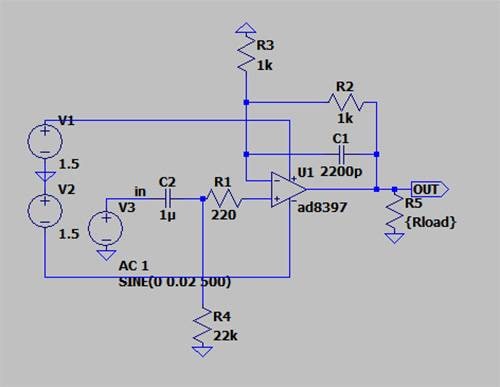
Since this is a simulation, it does not accurately reflect the characteristics of a real audio circuit. However, in this case, the absolute values are not significant, and the objective is to know the relative change in THD when the size of the amplifier load impedance is changed, so they are sufficient as a guide.
To simplify the calculation, the values of load resistance to be compared are 16Ω and 256Ω. Since the resistors are 16 times different, the output power, or headphone volume, can be kept the same if the input signal is 4 times louder. If the input signal is too large, the amplifier will saturate and the distortion characteristics will deteriorate rapidly, so I set the input signal to 0.08V for 256Ω and 0.02V for 16Ω. The THD in each case is 0.01995% and 0.02068%, which translates to -74.0dB and -73.7dB in dB. It may be difficult to understand how much of an impact this actually has just by looking at the numbers, so I have prepared a video for testing.
The sound played in the video was prepared with the main track turned up 12 degrees, assuming that all harmonic power is concentrated in the third order, and played at the same time as the original track with the level turned down.
I tried to compare -73dB and -72dB, but my DAW only allowed me to set it in 5dB increments, so it is a comparison of a 5dB difference. The difference in sound volume is so small that even a 1dB change in the overall level of the sound source would be difficult to notice unless you compare the two.
d. “Coil Quality” Theory
- “Coils with high impedance are made by tightly winding thin wires, so they are light in weight and create a clean magnetic field without air infiltration.”
This theory is also quite possible in theory.
Headphone sound is produced by coil vibration, and the mass and inductance of the coil directly affect the vibration characteristics. The manufacturer should choose how many times and at what diameter to wind the wire according to the desired characteristics. It is not difficult to imagine that, in order to increase the inductance of the coil to produce headphones with good response to electrical signals, it is necessary to increase the number of windings, and in order to increase the number of windings with the same size, it is necessary to make thinner wire. However, there is a trade-off: the lighter the mass, the sooner the coil will move and be displaced, and as for the magnetic field, there may only be a slight difference that does not affect the sound quality, like for c. “Harmonic distortion” theory. Unfortunately, I have not mastered the skills required of electromagnetic field simulation and cannot quantitatively verify this theory.
e. The “Cause and Effect is Reversed” Theory
- “It's not that headphones with higher impedance have better sound quality, but that headphones with better sound quality tend to have higher impedance.”
Headphones with high impedance are difficult to drive with portable players such as smartphones and Walkmans, and they require a separate headphone amplifier. However, most people who buy headphones in the world want a product that can be plugged directly into a smartphone or computer and used immediately without the need for an amplifier. Even if an introductory model headphone with a high impedance is developed for such light users, it is unlikely to sell well. If this is the case, manufacturers should only make high-impedance products with models that have some good performance (and a high price). While low-impedance headphones are a mixture of cheap and expensive headphones, high-impedance headphones are guaranteed to be of a certain level of quality, and it is not impossible to say that there will be a trend toward higher-impedance headphones that have better sound quality. It’s not impossible to say that there will not be a trend that headphones with higher impedance have better sound quality.
f. “No Relationship” Theory
- There is no causal relationship.
Since the principle of sound generation is the same for both headphones and speakers, I thought that if the sound quality of headphones is related to impedance, the same relationship should also hold true for speakers. Although it was within the scope of my research, the dominant theory in the search results for speakers was that “there is basically no superiority or inferiority in sound quality due to differences in impedance. From this, we can assume that there is no direct causal relationship between sound quality and impedance for headphones as well.
3. Summary
We have investigated the relationship between headphone impedance and sound quality and tested the six hypotheses I found. a is theoretically wrong, b and c are theoretically possible but practically negligible, d and e are difficult to verify, and f is impossible to prove because it would be diabolical. In the end, it is very regrettable that I could not come to the conclusion that “this is the truth” with clear figures that everyone can agree on, but I hope that this article will at least help readers to make a decision.
By the way, I am inclined to think that the e and f theories are true.
The “sound & person” column is made up of contributions from you.
For details about contributing, click here.











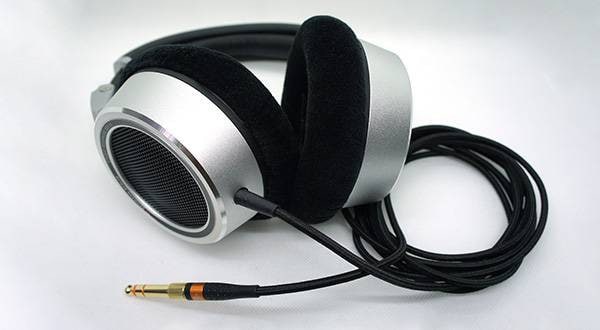
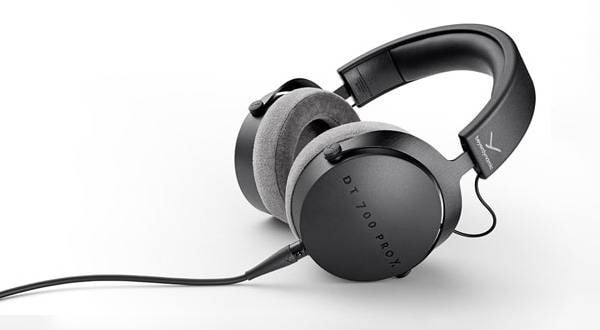
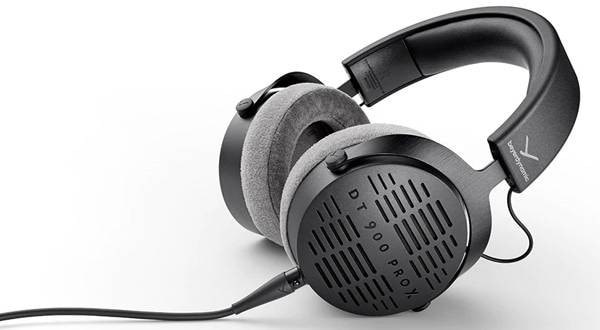
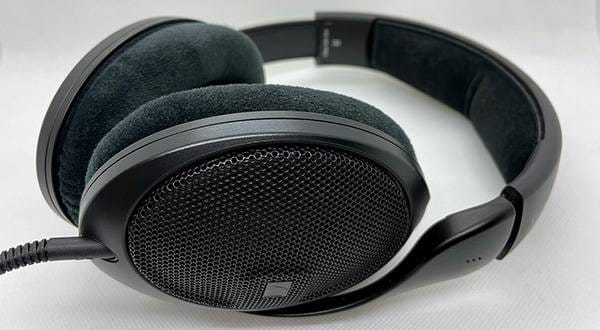


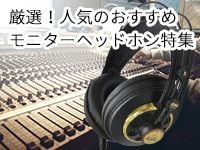 厳選!人気のおすすめモニターヘッドホン特集
厳選!人気のおすすめモニターヘッドホン特集
 夏フェスを盛り上げる良音ヘッドホン・イヤホン!大特集
夏フェスを盛り上げる良音ヘッドホン・イヤホン!大特集
 オーディオテクニカ モニターヘッドホン3機種 徹底分析!
オーディオテクニカ モニターヘッドホン3機種 徹底分析!
 ヘッドホン初心者講座
ヘッドホン初心者講座















